Heard Museum, Phoenix | Art Museum Guide

Source: Yassie, Heard Museum, Wikipedia, https://en.wikipedia.org/wiki/File:HeardMuseum_May2013.jpg
The art museum, Heard Museum, Phoenix, stands as a cornerstone of American Indian cultural preservation and artistic expression. Located in the heart of Arizona’s capital, the museum has become a vital hub for celebrating Native American heritage through compelling exhibitions, educational programs, and community engagement. Since opening its doors in 1929, the Heard Museum has built a reputation for authenticity, respect, and a deep commitment to the voices of Indigenous peoples.
With an impressive collection of more than 40,000 artifacts, including pottery, textiles, jewelry, paintings, and sculptures, the museum offers an unparalleled look into Native art and history. It also serves as a platform for contemporary Indigenous artists who are redefining tradition through modern interpretations. Whether through its powerful permanent exhibits or thought-provoking temporary installations, the museum offers a space where history, creativity, and storytelling converge.
The Heard Museum’s serene setting, complete with desert landscaping and inviting courtyards, adds to its distinctive appeal. From world-renowned events like the Indian Fair & Market to intimate artist talks and tours, the museum continues to enrich the cultural fabric of Phoenix. For visitors and locals alike, the art museum, Heard Museum, Phoenix, offers an unforgettable experience rooted in heritage and artistry.
Focuses on Native American Art
The art museum, Heard Museum, Phoenix, is internationally recognized for its deep dedication to the preservation and presentation of Native American art. From its inception in 1929, the museum has emphasized the importance of authentic representation, working closely with Indigenous artists, scholars, and communities to ensure that each exhibit reflects cultural integrity. The museum’s collection spans a wide range of media—beadwork, textiles, pottery, jewelry, painting, and sculpture—representing over 200 tribal nations across North America.
Permanent exhibits such as “HOME: Native People in the Southwest” offer a comprehensive introduction to the diverse tribal histories of the region, while rotating exhibitions highlight contemporary works that challenge, reinterpret, or honor traditional practices. This balance between heritage and innovation creates a dynamic environment where visitors can explore the richness and complexity of Native art through time.
Importantly, the Heard Museum places Indigenous voices at the forefront of curation. Artist statements, interviews, and community perspectives are woven throughout the galleries, allowing for a more personal and meaningful engagement with the works. The art museum, Heard Museum, Phoenix, does not merely display objects; it serves as a cultural bridge that fosters understanding, respect, and dialogue between Native and non-Native communities. Through art, the museum elevates stories that might otherwise remain unheard, making it a vital institution in the broader landscape of American art and history.
Showcases the Hoop Dance World Championship
Each year, the art museum, Heard Museum, Phoenix, draws global attention with its highly anticipated World Championship Hoop Dance Contest. This lively and deeply meaningful event celebrates one of the most captivating forms of Indigenous performance art. Held in the museum’s outdoor amphitheater, the competition brings together top Native American and First Nations dancers from across the U.S. and Canada, ranging in age from young children to seasoned adults.
Hoop dancing is a storytelling tradition where dancers use hoops—often as many as 30 at once—to create intricate, fluid shapes representing animals, nature, and spiritual symbols. Combining athleticism, rhythm, and deep cultural significance, the performance is both a visual spectacle and a testament to resilience and tradition. The event spans an entire weekend and draws thousands of visitors, making it one of the Heard Museum’s most beloved programs.
In addition to the main competition, the museum hosts educational talks, cultural demonstrations, and artisan markets during the festival. These activities provide attendees with a deeper appreciation of Indigenous cultures beyond the performances. For many visitors, the hoop dance event becomes their introduction to the broader offerings of the art museum, Heard Museum, Phoenix, reinforcing its role as both a cultural destination and a community gathering place.
Features Award-Winning Exhibitions
The art museum, Heard Museum, Phoenix, has earned acclaim for its compelling, award-winning exhibitions that highlight Native American history, identity, and artistry. These thoughtfully curated exhibits go beyond showcasing artifacts—they tell deeply human stories through both historic and contemporary lenses. One of the most notable examples is “Away from Home: American Indian Boarding School Stories,” which explores the often-overlooked history of U.S. government-run boarding schools. This powerful exhibition presents firsthand accounts, archival photographs, and personal objects to convey the complex impact of forced assimilation policies on Native communities.
Other exhibitions, such as “Remembering Our Indian School Days: The Boarding School Experience” and “Hopi Katsina Dolls: Evolving Styles, Enduring Meaning,” have also received recognition for their depth, cultural sensitivity, and educational value. Each display at the Heard is crafted with input from Indigenous artists, elders, and scholars, ensuring the narratives are both authentic and respectful.
These award-winning presentations often incorporate multimedia elements—videos, audio, and interactive stations—to engage visitors of all ages. They also serve as platforms for important contemporary issues, including Indigenous land rights, language revitalization, and artistic sovereignty. The art museum, Heard Museum, Phoenix, continuously updates its exhibition program to reflect ongoing dialogues within Native communities, ensuring it remains a living, evolving institution. For anyone seeking an experience that combines historical truth with artistic innovation, the Heard Museum’s exhibitions are both moving and memorable.
Includes the Barry Goldwater Collection
A unique feature of the art museum, Heard Museum, Phoenix, is its distinguished Barry Goldwater Collection—a trove of photography that offers a rare and respectful look into 20th-century Native American life. Senator Barry Goldwater, a prominent Arizona politician and avid amateur photographer, spent decades capturing images of Indigenous communities throughout the American Southwest. His photographs document ceremonies, landscapes, portraits, and daily life with a deep appreciation for Native cultures.
Goldwater’s collection stands out not only for its visual richness but also for its ethnographic significance. Many of the photographs were taken during pivotal cultural moments, offering an invaluable historical record of tribal customs, dress, and traditions. What makes this collection particularly compelling is Goldwater’s approach: he photographed with permission and in collaboration with tribal members, which lends a respectful tone to his work.
Displayed with care throughout the museum, these images provide another layer to the narrative told within the broader galleries. They complement the museum’s vast collection of Native-made art by offering an external yet empathetic perspective on Indigenous communities during the mid-1900s. The inclusion of this collection adds depth to the museum’s offerings, bridging the worlds of political history and visual anthropology. The art museum, Heard Museum, Phoenix, through the Barry Goldwater Collection, invites visitors to reflect on the importance of documentation, representation, and respectful engagement with Native American cultures.
Celebrates Living Artists
The art museum, Heard Museum, Phoenix, places a strong emphasis on honoring and showcasing the work of living Native American artists. While the museum holds an impressive historical collection, its commitment to contemporary creators makes it a dynamic and evolving institution. Through regularly rotating exhibitions, the museum provides a platform for artists who are actively reshaping Native art traditions with new materials, techniques, and cultural narratives.
Artists featured at the Heard work across a variety of media, including painting, sculpture, installation, digital art, and fashion. These exhibitions often address themes such as identity, environmental justice, community, and resilience, offering visitors an engaging perspective on the current realities of Indigenous life. The museum curates these shows in collaboration with the artists themselves, ensuring each installation reflects the creator’s voice and vision.
The annual Indian Fair & Market is another key opportunity for artists to connect directly with the public. With hundreds of participants each year, this event highlights excellence in craftsmanship while also fostering cultural exchange and economic empowerment.
By spotlighting living artists, the art museum, Heard Museum, Phoenix, not only preserves Indigenous traditions but actively participates in their evolution. Visitors leave with a deeper understanding of Native creativity as something alive, present, and forward-looking. The museum’s support of contemporary voices ensures that Native art remains vibrant and relevant for future generations.
Provides an Immersive Courtyard Experience
The art museum, Heard Museum, Phoenix, offers more than just galleries—it provides a tranquil, immersive environment through its beautifully landscaped courtyards. Designed to reflect the natural beauty of the Southwest, these outdoor spaces feature native desert plants, bubbling fountains, shaded walkways, and carefully placed sculptures that enhance the overall museum experience.
Visitors can stroll through the central courtyard and encounter striking art installations that merge seamlessly with the surrounding flora. One of the highlights is the serene sculpture garden, where works by renowned Native American artists are integrated into the landscape. These pieces are thoughtfully curated to resonate with the themes presented in the museum’s indoor exhibits, creating a seamless transition between interior and exterior storytelling.
The courtyard is also a hub for seasonal events and cultural performances, including live music, dance, and artist demonstrations. During special occasions like the Indian Fair & Market or First Fridays, the courtyard becomes a vibrant gathering place filled with energy and celebration.
Benches and seating areas invite guests to rest and reflect, making it an ideal spot for contemplation between galleries. The sensory experience of sunlight, plant life, and art in harmony provides a welcome pause from the urban setting of downtown Phoenix. The art museum, Heard Museum, Phoenix, uses its outdoor spaces to deepen the visitor connection with Native culture and landscape, offering an enriching and memorable experience beyond traditional exhibition halls.
Interactive Family Spaces
The art museum, Heard Museum, Phoenix, provides an enriching and welcoming experience for visitors of all ages, including families with children. One of its standout features is its commitment to creating interactive spaces where young visitors can actively engage with Native American cultures in meaningful and age-appropriate ways. These hands-on areas are designed to foster curiosity, creativity, and respect for Indigenous traditions.
The museum’s family-friendly zones incorporate activities such as interactive storytelling, craft-making, and puzzle-solving based on Indigenous themes. These experiences are not only fun but also educational, helping children to develop a deeper understanding of Native histories and artistic practices. The spaces are thoughtfully integrated into the museum’s overall layout, allowing families to explore at their own pace while remaining connected to the broader exhibits.
In addition to permanent installations, the museum frequently offers special family days and workshops led by Native artists and educators. These events may include dance demonstrations, guided tours for kids, and collaborative art projects that invite families to learn together through play and creativity.
The art museum, Heard Museum, Phoenix, understands that early exposure to cultural institutions can shape lifelong appreciation for the arts. By offering accessible and engaging experiences for younger audiences, the museum strengthens its role as a community-centered space that values inclusive learning and family engagement.
Impressive Sculpture Gardens
The outdoor sculpture gardens at the art museum, Heard Museum, Phoenix, provide a visually captivating extension of the museum’s rich indoor exhibitions. These landscaped areas are thoughtfully curated to reflect the region’s desert environment and offer a contemplative space where art and nature come together in harmony. Sculptures by renowned Native American artists are carefully placed among native flora, water features, and walking paths, creating a serene and immersive environment for reflection and discovery.
The sculptures on display range from abstract metal works to traditional stone carvings and narrative installations that explore themes of identity, resilience, and cultural heritage. Each piece is accompanied by interpretive signage that provides context about the artist, materials used, and the cultural significance of the work. These gardens serve not only as an artistic showcase but also as a platform for storytelling in open-air settings.
Visitors are encouraged to stroll through the gardens as part of their museum experience, offering a unique way to engage with Indigenous art outside the gallery walls. The interplay of sunlight, shadow, and sculpture brings each piece to life in a dynamic way that changes with the time of day and season.
By incorporating sculpture into its natural surroundings, the art museum, Heard Museum, Phoenix, enhances its mission of celebrating Native creativity in all forms. The gardens offer a peaceful complement to the museum’s interior exhibitions and invite guests to slow down, observe, and connect with art in an organic and thoughtful setting.
Hosts the Annual Indian Fair & Market
Every spring, the art museum, Heard Museum, Phoenix, hosts the prestigious Indian Fair & Market, one of the largest and most respected Native American art events in the country. This two-day celebration draws more than 600 Native artists from across North America and thousands of visitors, making it a major highlight in the museum’s calendar and a cultural anchor for the community.
Artists present a stunning range of handmade works including pottery, textiles, baskets, jewelry, carvings, and paintings. Each item reflects deep cultural traditions, exceptional craftsmanship, and often contemporary innovation. The market serves as a platform for both established and emerging artists to gain visibility and connect directly with collectors, curators, and enthusiasts.
In addition to the bustling marketplace, the event features live performances, artist demonstrations, and traditional music and dance. Food vendors offer Indigenous and local cuisine, creating a festive atmosphere that celebrates both art and community. Juried competitions also take place, recognizing outstanding achievements in various artistic categories.
The fair provides a rare opportunity for visitors to engage with the artists and hear the stories behind their creations. It reinforces the museum’s mission to elevate Native voices and build cultural understanding. The art museum, Heard Museum, Phoenix, through this annual event, not only supports economic empowerment for Native artists but also fosters meaningful dialogue between cultures in a setting of respect and celebration.
Offers Educational Programs
Education is central to the mission of the art museum, Heard Museum, Phoenix. The museum provides a diverse array of educational programs designed to deepen public understanding of Native American cultures, history, and artistic expression. These offerings cater to a wide range of audiences, from schoolchildren and educators to adult learners and scholars.
One of the most impactful aspects of the museum’s educational outreach is its school tour program. Customized guided tours align with curriculum standards and give students the opportunity to explore Native art and heritage firsthand. These experiences are led by trained docents who emphasize cultural context, storytelling, and interactive learning.
For adult visitors, the museum regularly offers lectures, artist talks, and panel discussions that explore topics such as Indigenous sovereignty, language preservation, and contemporary art trends. Workshops and hands-on activities further enrich the learning experience, inviting participants to engage creatively with materials and methods used in Native art traditions.
The museum also offers digital resources, including virtual tours and educational materials, making its programming accessible to broader audiences beyond Phoenix. Partnerships with universities and tribal communities ensure that content remains accurate, relevant, and inclusive.
By offering these programs, the art museum, Heard Museum, Phoenix, continues to fulfill its role as both a cultural institution and a center for lifelong learning. Through education, it builds bridges between communities and fosters a deeper appreciation for the enduring contributions of Native peoples.
Conclusion
The art museum, Heard Museum, Phoenix, offers a profound and engaging journey into Native American art, history, and culture. From its award-winning exhibitions and sculpture gardens to immersive family spaces and educational programs, the museum serves as both a cultural treasure and a community resource. Whether you are a first-time visitor or a returning guest, the Heard Museum provides meaningful insights into Indigenous creativity and resilience. Its thoughtful curation and commitment to authenticity make it a must-visit destination in Phoenix. For those seeking a deeper connection with Native traditions, the art museum, Heard Museum, Phoenix, delivers an unforgettable experience.
Let Us Know What You Think!
Every information you read here are written and curated by Kreafolk's team, carefully pieced together with our creative community in mind. Did you enjoy our contents? Leave a comment below and share your thoughts. Cheers to more creative articles and inspirations!


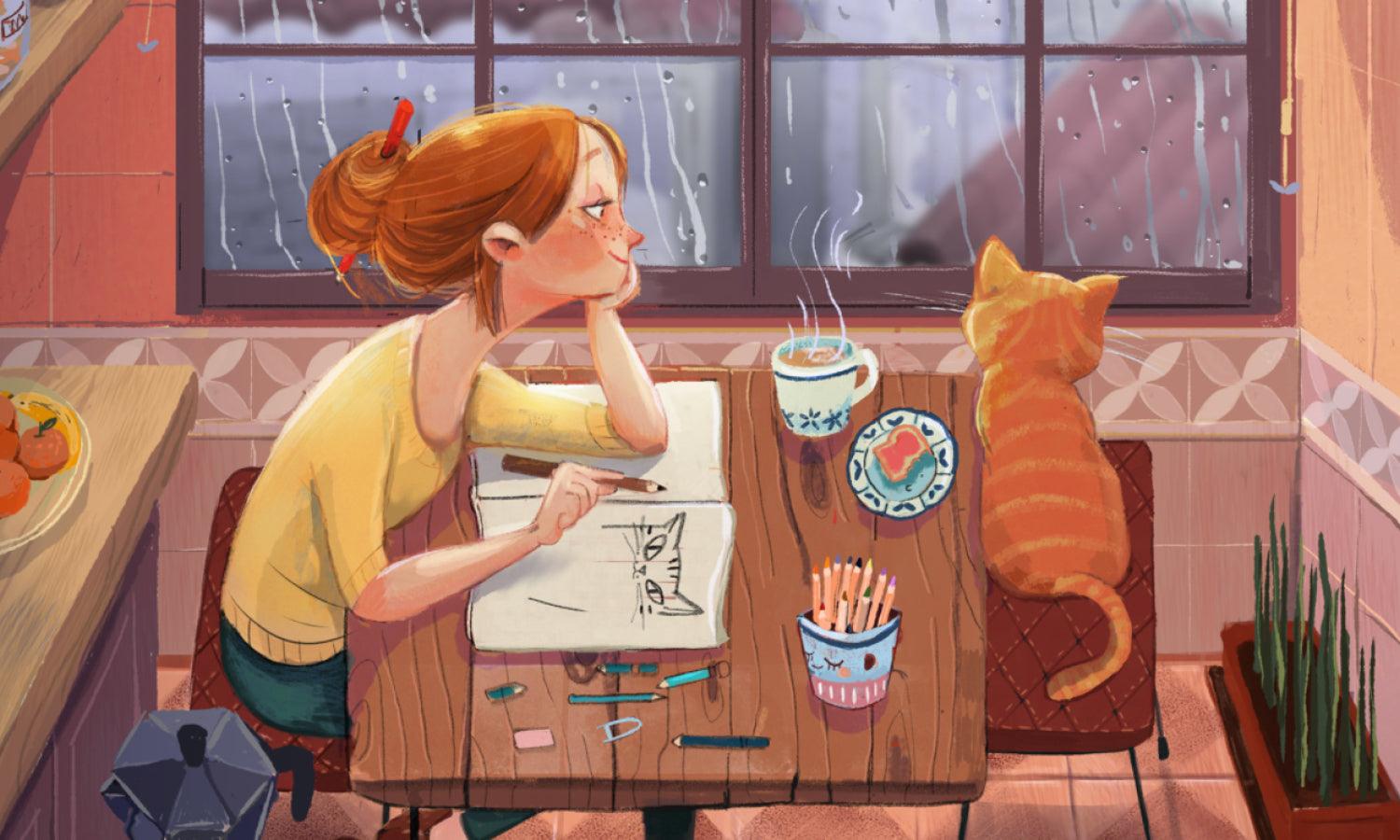
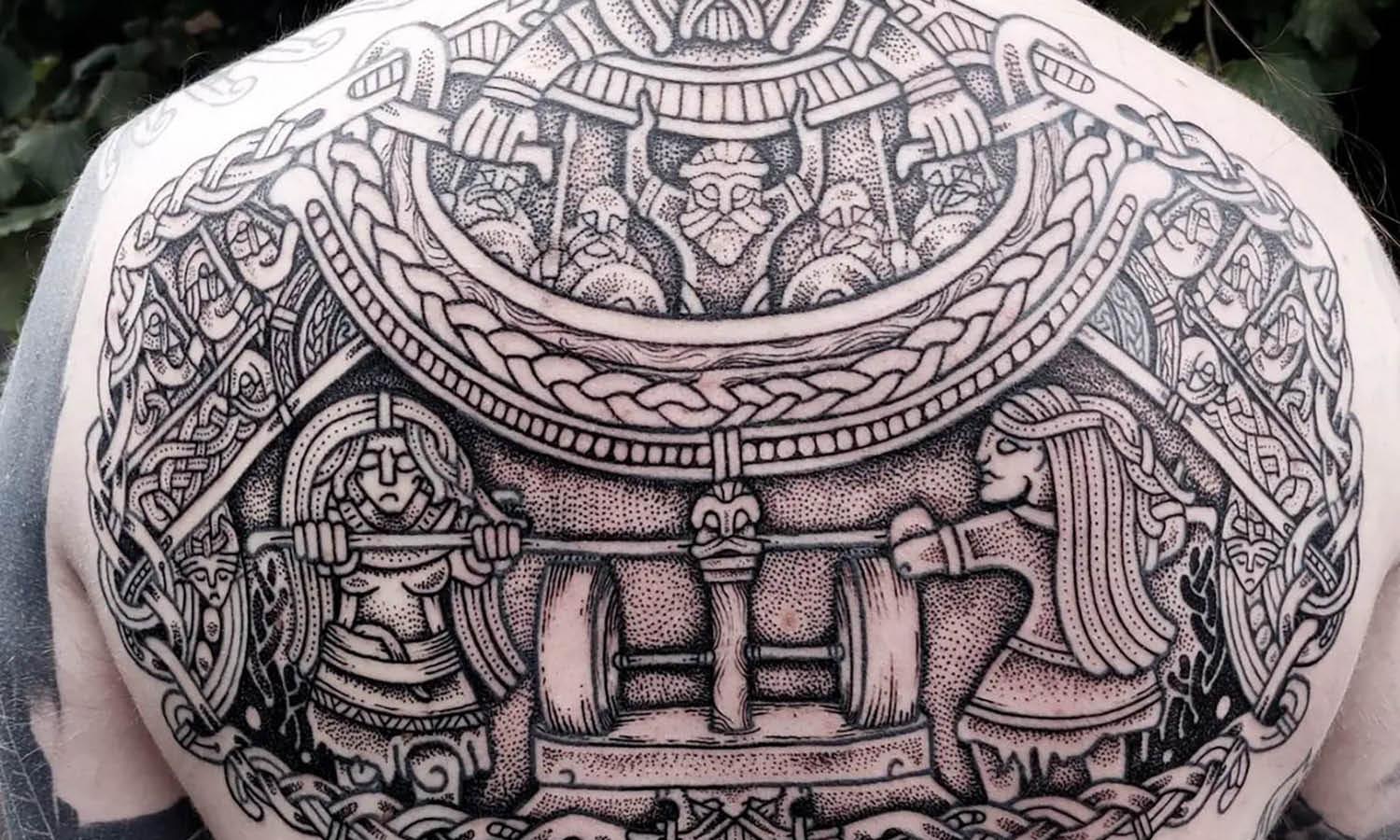
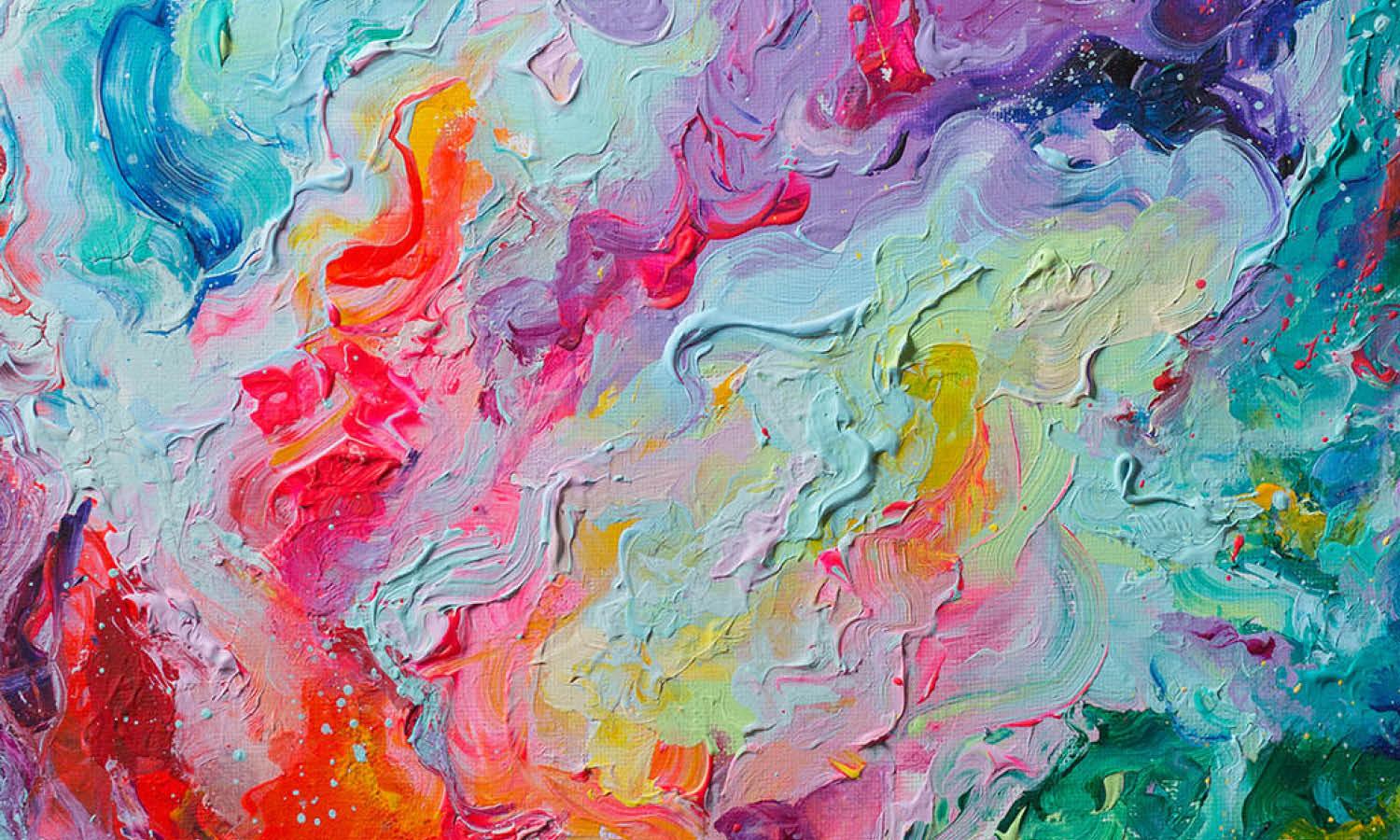
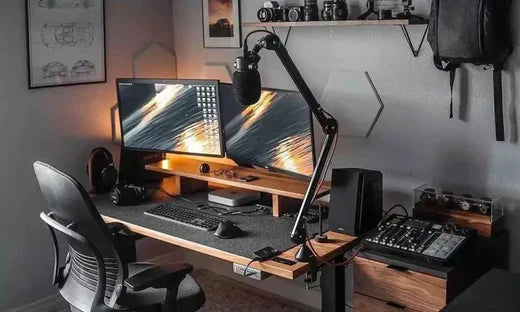


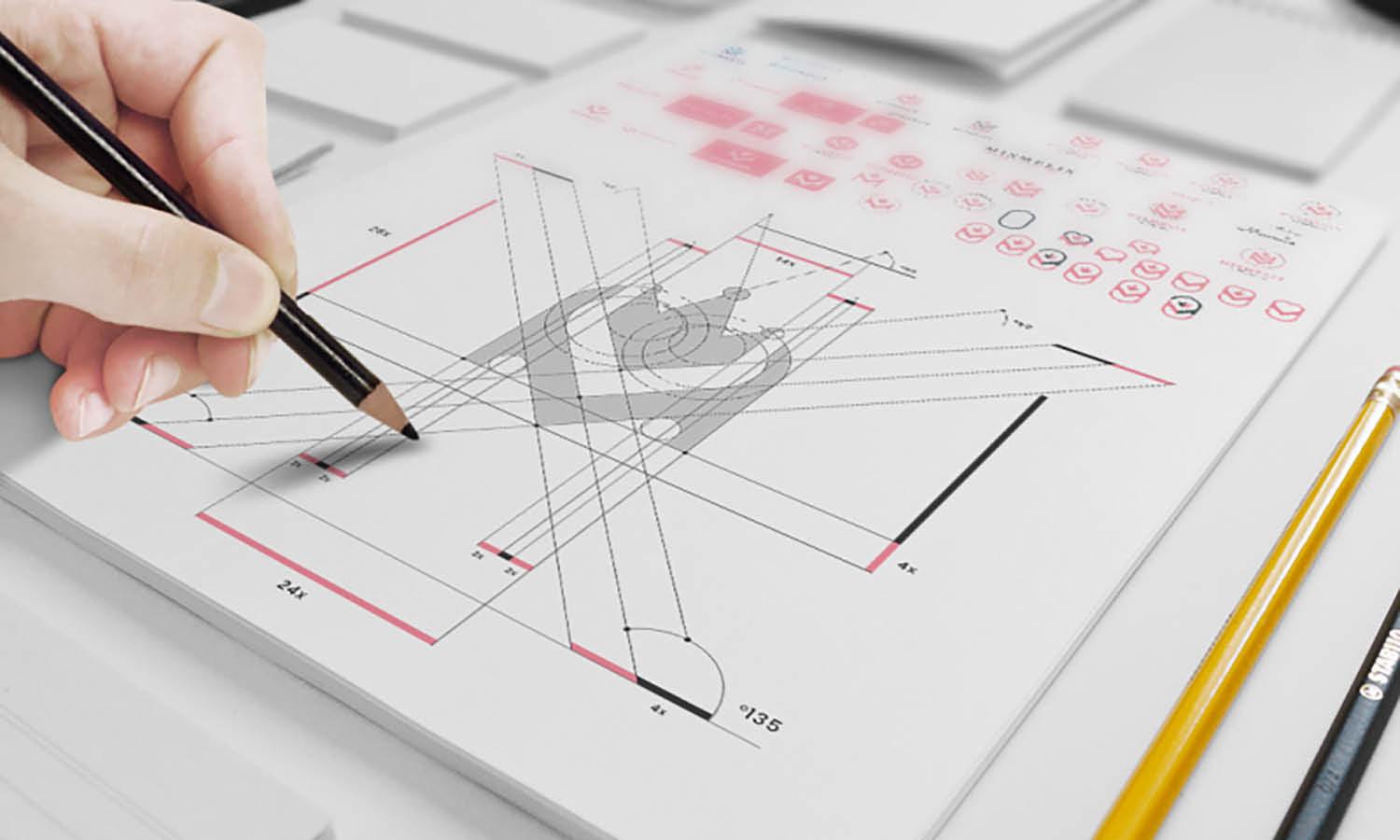







Leave a Comment